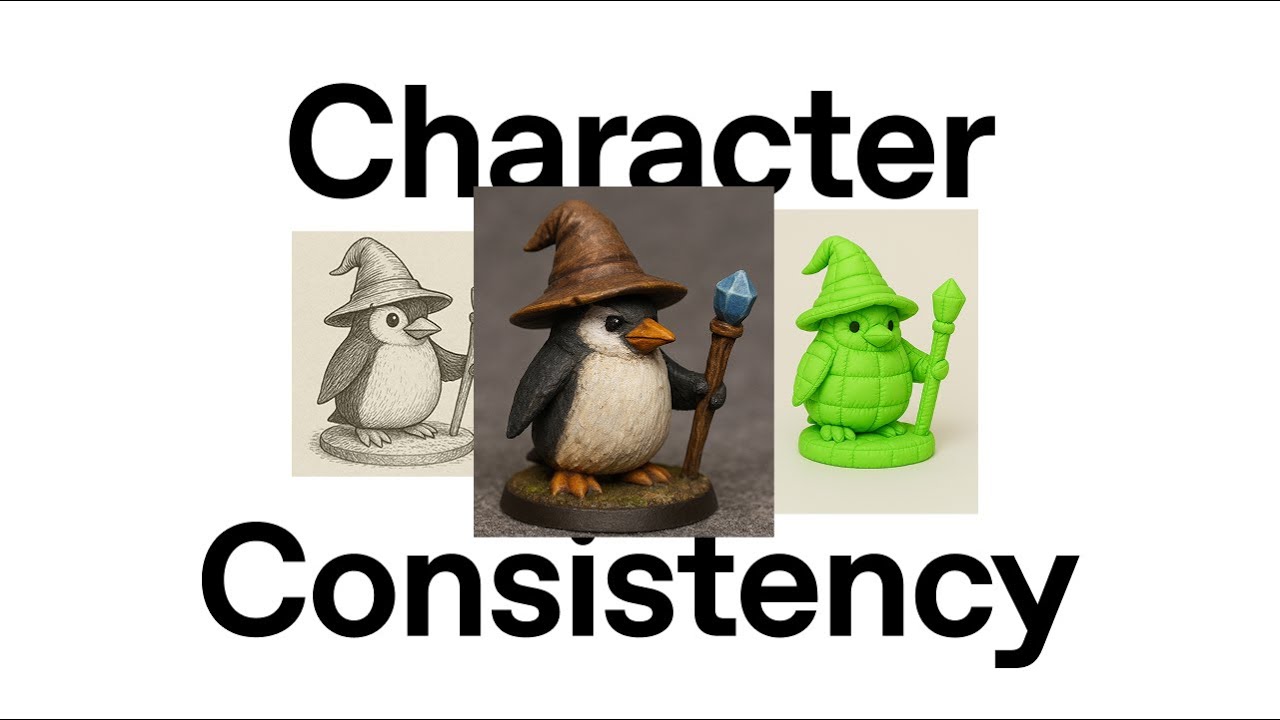In the video, David Medina discusses Imagen’s advanced capabilities in maintaining character consistency in image generation by utilizing a large language model to better understand user intent. He highlights how this allows for nuanced outputs, enabling users to create variations of characters in different styles without needing to provide excessive detail.
In the video, David Medina, also known as DMED, discusses the impressive capabilities of Imagen, particularly its ability to maintain character consistency in image generation. He highlights how this model differs from other image generation tools by utilizing a large language model to comprehend user intent, rather than simply generating images based on text prompts. This understanding allows for more nuanced and contextually appropriate outputs.
David shares one of his favorite prompts, asking for a low poly penguin mage. He notes that achieving a very low poly style can be challenging, as many models struggle to produce high-quality outputs in this specific aesthetic. Unlike traditional models that may take a literal approach to prompts, Imagen interprets the request with a deeper understanding of the desired outcome, which excites David about its potential.
He also expresses his interest in board games and miniature figures, prompting the model to create a realistic miniature version of the penguin mage, complete with a staff and hat. David emphasizes that Imagen’s ability to maintain the character’s context while generating a new style—like a miniature—demonstrates its advanced understanding of user requests. This capability allows users to receive outputs that align closely with their vision without needing to provide excessive detail.
Additionally, David explores the idea of generating a crystal version of the penguin mage, asking for realistic light reflections. He points out that other models typically require more detailed prompts to produce intricate designs, but Imagen’s comprehension allows it to create detailed and stylistically appropriate images from simple requests. This feature showcases the model’s ability to infer user desires effectively.
Overall, David concludes that the ability of Imagen to understand character consistency and user intent is a remarkable advancement in image generation technology. He appreciates how this model can adapt and create variations of a character while maintaining its essence, making it a powerful tool for artists and creators looking to explore their ideas in various styles.
